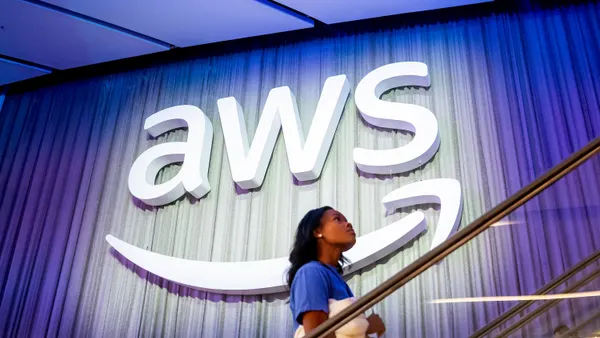Dive Brief:
- The software industry grew at twice the pace of overall U.S. employment, according to a report published Thursday by research organization Software.org and The Economist Intelligence Unit. From 2016 to 2018, jobs in the industry grew by 7.3%, more than doubling the country's employment rate of 3%.
- Software companies indirectly support 14.4 million jobs, and directly employ another 3.1 million people, according to the study, based on data from the U.S Bureau of Labor Statistics. The expanding sector pumped $1.6 trillion into the U.S. value-added GDP last year. Since 2016, the industry expanded by 19%.
- Expansion in the industry and an undersupplied labor market meant big payouts for software engineers. While average occupations paid yearly salaries of $51,960 in 2018, engineers made $114,000, on average.
Dive Insight:
The software industry, with $82 billion in research and development budgets and an ample supply of six-figure jobs, is a force of growth for the national economy.
Markets can expect that trend to continue, even though disruptive technologies including artificial intelligence and robotic process automation are set to reshape the way industries operate.
"While we'll see some job loss because of the impact of automation, the bottom line is that everything in the realm of automation is built on software," said Glenn O'Donnell, VP and research director at Forrester, in an interview with CIO Dive. "Software will continue to be a major force for the growing economy."
Increased adoption of technology in different fields played a key role in the sector's growth.
Software companies are in need of more workers to meet their client's demands, said Chris Hopfensperger, Executive Director of Software.org, in the study's announcement.
"Software jobs aren't simply tech sector jobs anymore," said Hopfensperger. "They are manufacturing jobs, healthcare jobs and agriculture jobs."
In the coming months, as industry and regulators keep a close eye on recession markers, tech increasingly becomes a space to watch. It's even started to impact how tech leaders tackle 2020 budget planning.














